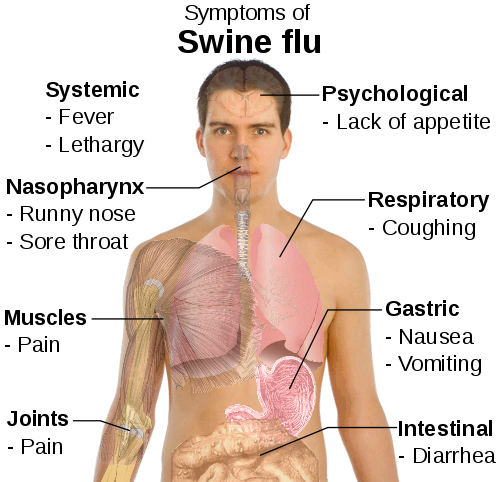 More timely testing and reporting of swine flu and other infectious diseases in the U.S. Affiliated Pacific Islands is expected with help from Hawaii’s state laboratory.
More timely testing and reporting of swine flu and other infectious diseases in the U.S. Affiliated Pacific Islands is expected with help from Hawaii’s state laboratory.
The affiliated islands include Guam, the Commonwealth of the Northern Mariana Islands, American Samoa, the Federated States of Micronesia, the Republic of Marshall Islands and the Republic of Palau.
The Department of Health is collaborating with the Pacific Island Health Officers Association and Association of Public Health Laboratories to provide influenza testing for all 10 laboratories in that region. The U.S. Centers for Disease Control and Prevention provided $471,000 for the testing.
Bill Gallo, CDC senior management official for Hawaii and the Affiliated Pacific Islands, said transportation problems and lack of laboratory capacity result in “less than ideal ability” to provide an early warning system and response to emerging infectious diseases in the Pacific region.
CDC officials generally are assigned only to big states, but Gallo was assigned here because the CDC recognizes the significance of the Pacific region “as a potential pathway for emerging viruses” to Hawaii and the mainland, he said.
Along with treating the local victims of the latest H1N1 outbreak, Hawaii’s top laboratories prepare for what’s next.
Officials discussed the Hawaii-Pacific Islands partnership yesterday during a media tour of the state laboratory on Waimano Home Road in Pearl City and in earlier interviews.
The state Laboratories Division had the training, equipment and military and private partnerships when H1N1 hit the state last May because of “good planning and preparations” for a potential H5 (avian flu) epidemic, said Dr. Chris Whelen, division administrator.
It is the only public health laboratory certified by the National Animal Health Laboratory Network to test birds for West Nile virus or avian flu, which exists in Egypt and China and remains a threat, he said.
The laboratory normally receives about 2,000 specimens a year for testing, he said. Since May it has received 26,000 specimens just for influenza—a 250 percent increase from the previous peak.
Without cooperating private and military labs, Whelen said, “We would have been overwhelmed.”
Gallo said his focus is on the six U.S.-affiliated areas, but he has visited groups that work in all 22 Pacific jurisdictions, talking about how to develop more disease detection networks, improve communications and build capacity in the islands. “Swine flu helped bring a lot of this to light.”
The Hawaii laboratory began testing specimens for American Samoa and the Marshall Islands at the beginning of the H1N1 outbreak because it took four flights to get them to a testing facility in Melbourne, Australia, Whelen said.
“It was almost a humanitarian decision even though we didn’t have funding,” he said.
He said the partnership with the Hawaii laboratory for swine flu testing is part of a five-year plan to develop laboratory capacity on Guam and training for health professionals in the Pacific Islands. “It is a tremendous challenge.”
References:
http://www.starbulletin.com/news/20100122_Pacific_flu_testing_in_state_labs_hands.html





[…] the original post: Hawaii's State Laboratory to Help Guam | Edel Alon Share and […]
[…] post: Hawaii's State Laboratory to Help Guam | Edel Alon Share and […]
[…] more from the original source: Hawaii's State Laboratory to Help Guam | Edel Alon Share and […]
[…] original here: Hawaii's State Laboratory to Help Guam | Edel Alon Share and […]
[…] the rest here: Hawaii's State Laboratory to Help Guam | Edel Alon Share and […]
[…] the original post: Hawaii's State Laboratory to Help Guam | Edel Alon Share and […]
[…] link: Hawaii's State Laboratory to Help Guam Share and […]